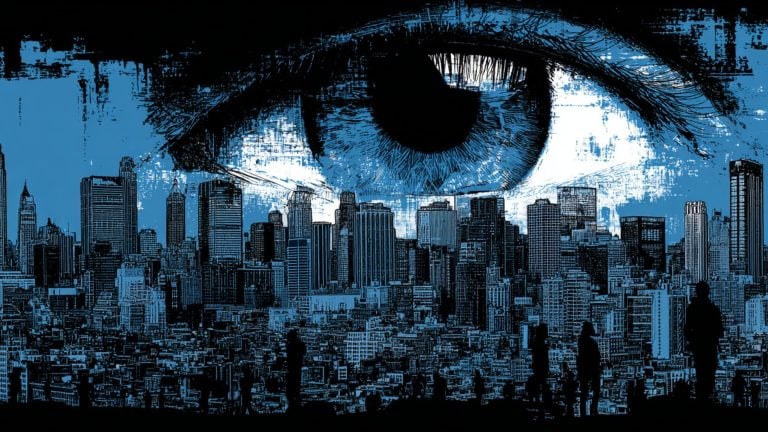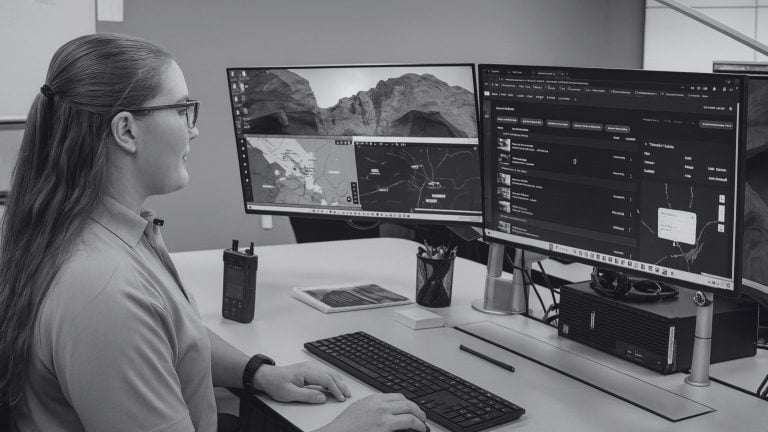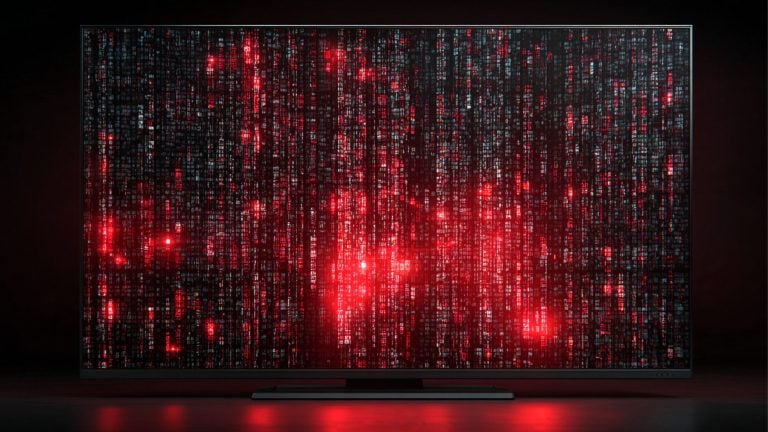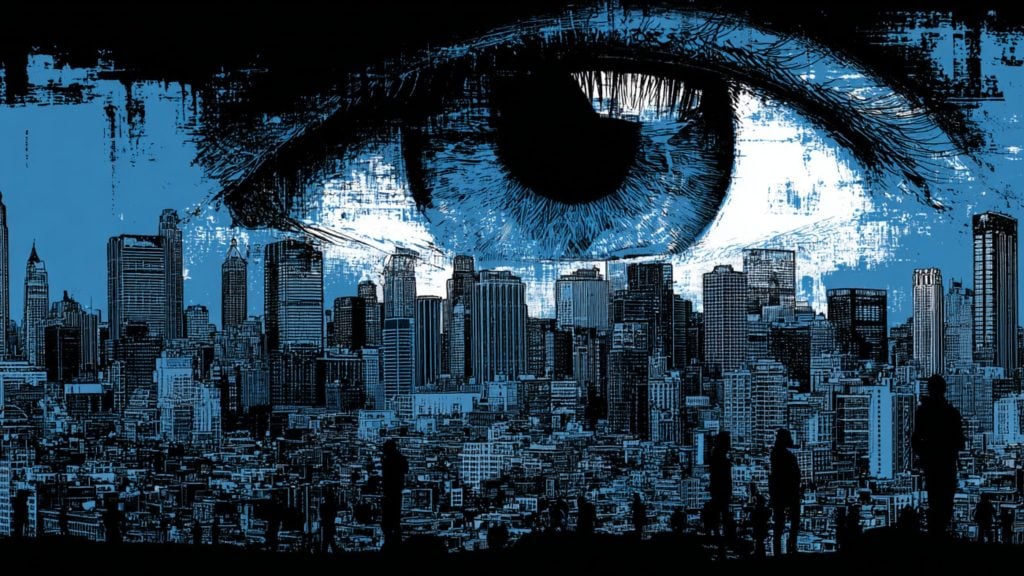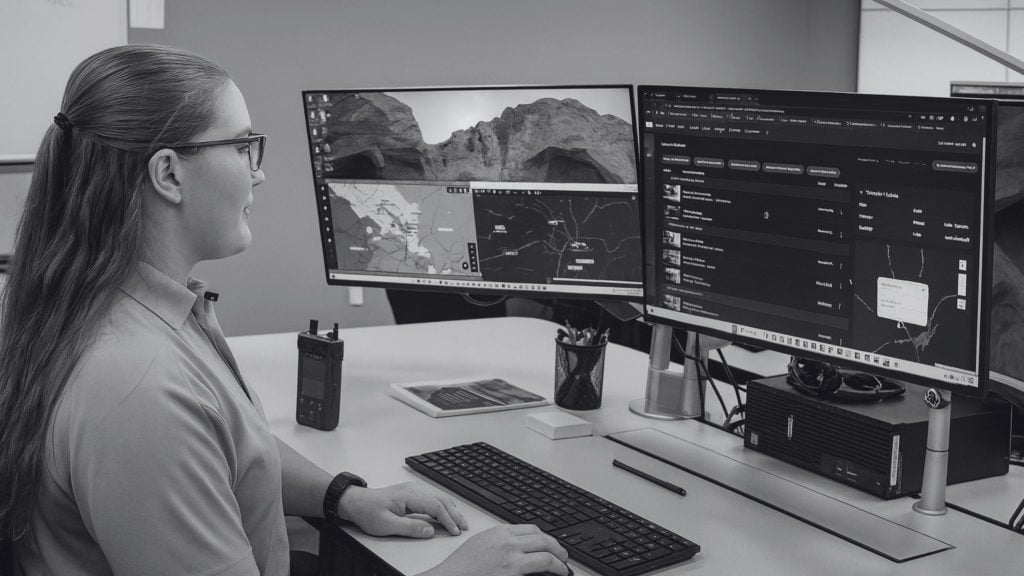Hong Kong is preparing for a major expansion of its public surveillance network, aiming to install approximately 60,000 CCTV cameras by 2028.
This marks a dramatic increase from the fewer than 4,000 currently in operation under the police-led SmartView program.
According to legislative filings, the rollout will be phased over three years, with deployment focused on locations with higher foot traffic and crime levels.
Police officials told lawmakers the upgraded network would integrate artificial intelligence tools already in use for license plate reading and crowd analysis.
They described suspect tracking across the network as a function that could “naturally” follow once the infrastructure is in place.
This expansion represents one of the largest surveillance undertakings in the city since the passage of the “National Security Law.”
The scale mirrors similar initiatives that have already become common across cities in mainland China, where AI-powered monitoring is widely used.
Authorities have acknowledged that the new cameras will be equipped for facial recognition and other forms of automated image processing.
However, the actual deployment of such functions is subject to existing legal constraints under the Personal Data Ordinance.
Current regulations from the Office of the Privacy Commissioner for Personal Data require that a privacy impact assessment be carried out before any biometric technologies are activated.
These assessments must demonstrate necessity and proportionality. SmartView planning materials also reference requirements for public notification and limits on how long footage is retained, pointing to an attempt to establish formal privacy boundaries.
This latest plan builds on earlier steps to bring artificial intelligence into Hong Kong’s surveillance systems.
A prior initiative aimed to enable facial recognition in more than 3,000 cameras by the end of 2025.
The new timeline converts that limited upgrade into a citywide infrastructure project, with cameras feeding into centralized platforms capable of real-time identification and video scanning.
Legislative summaries estimate that around 20,000 new cameras will be added each year, supported by cloud-based analytics for threat detection and video searches.
Hong Kong’s trajectory places it among the most surveilled urban centers in Asia.



